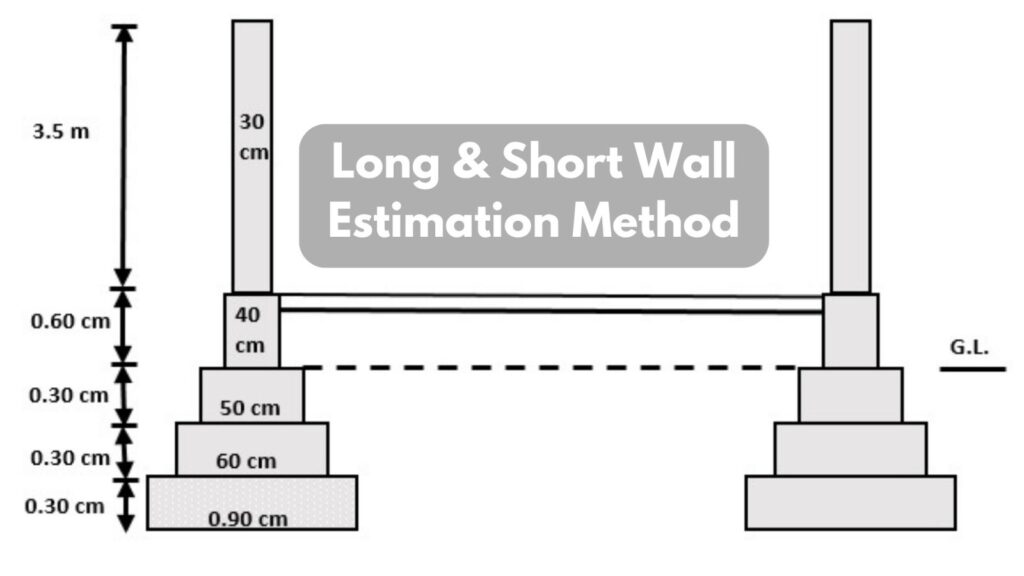In the construction you hear this two terms nominal mix and design mix and you always confused. But don’t worry we have discussed about the difference between nominal mix and design mix.
Let’s start,
Difference Between Nominal Mix Concrete and Design Mix Concrete

Courtesy – jkcement
Nominal mix:
Nominal mix concrete, which all ingredients, cement, sand and aggregate and their proportions are predefined or prescribed in the standard specifications. These material specifications in the ratio of cement to aggregates to achieve certain strength.
Nominal mix proportions are likes, 1:1.5:3, 1:2:4, 1:4:8 etc. are used in nominal mix concrete without any scientific base, this only based on past studies.
Proportion for nominal mix:
Proportions for nominal mix concrete for less than M20 grade shall be as followed below asper IS 456:200.
| Grade of concrete | Proportions |
| M5 | 1(cement) :5(sand):10 (aggregate) |
| M7.5 | 1(cement) :4(sand):8 (aggregate) |
| M10 | 1(cement) :3(sand):6(aggregate) |
| M15 | 1(cement) :2(sand):4 (aggregate) |
| M20 | 1(cement) :1.5(sand):3 (aggregate) |
Advantages of nominal mix:
- Nominal mix concrete is predefined, so don’t need to more to decide materials proportions.
- At construction easy to make
- Not required skilled labour.
Disadvantages of Nominal Mix Concrete
- It is based on past studies, and not have any prove scientific approach.
- This concrete is may be or may not be make exactly same unless compaction, water cement ratio and curing are strictly followed.
- The w/c ratio is considered by assumptions, & if w/c ratio is not maintained sometimes bleeding and segregation is occurred and resulting poor strength and durability of concrete.
- In the nominal mix concrete aggregates grading is not defined.
- Sometimes cement is used more other than requirement, so overall cost is increased.
- No laboratory tested
Design Mix:
Design mix concrete, proportions of the materials are properly determined to achieve desired strength. All details are taken with certain specification for fresh concrete workability.
All the materials are tested before the use and the entire process is found based on trial and error of various options from available materials designated for the work.
In the design mix various codes are used Indian standard method, british standard method, American standard method.
Indian standard method:
- Concrete mix proportioning guidelines – IS 10262
- Guidelines for concrete mix design – IS 10262-1982
British Standard method:
- BS EN 206-1
- Complementary standard BS 8500 parts 1& 2
American Standard methods:
- ACI 211, 211-91
- Reapproved – 2002
Advantages of Design mix concrete:
- Design mix concrete is more precise than nominal mix concrete.
- It is mostly used for more important concreting works.
- If materials are available near by site or locally and material satisfy the design criteria it can be used for concreting.
- This method is based on the laboratory trial or error experimental method
- Design mix concrete is giving strength assurance.
- In the design mix, admixtures can use to modify concrete property according to the requirement.
Disadvantages of Mix Design Concrete
- More time is needed
- If the type or quality of the ingredient changes during the work, the concrete mix proportions will also change.
- Strict supervision is needed because it is important to avoid mistakes.
- Without supervision, we might need to create a new design, causing project delays.
- Skilled labour need to make concrete mix
So these are the differences of nominal mix concrete and design mix concrete.


